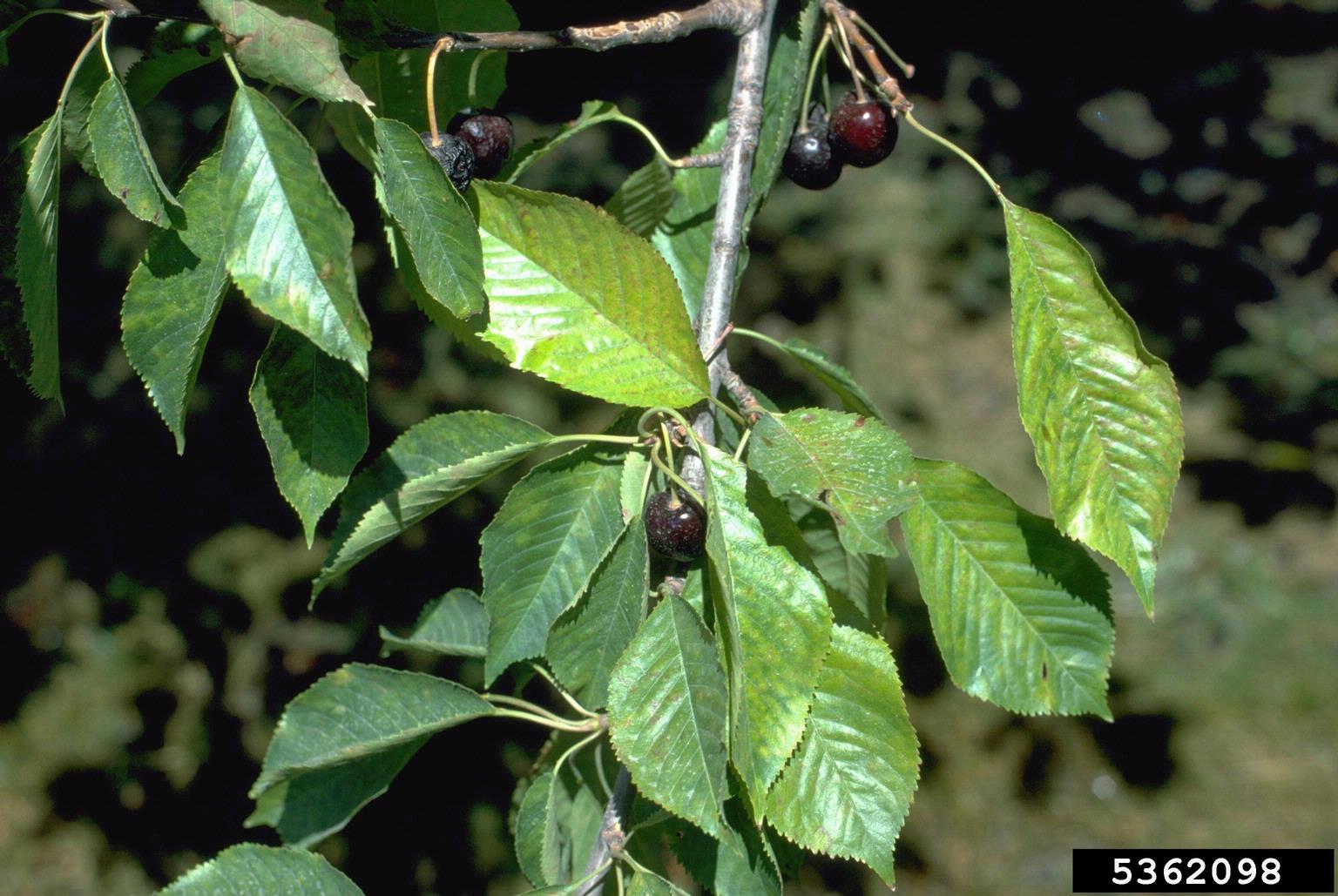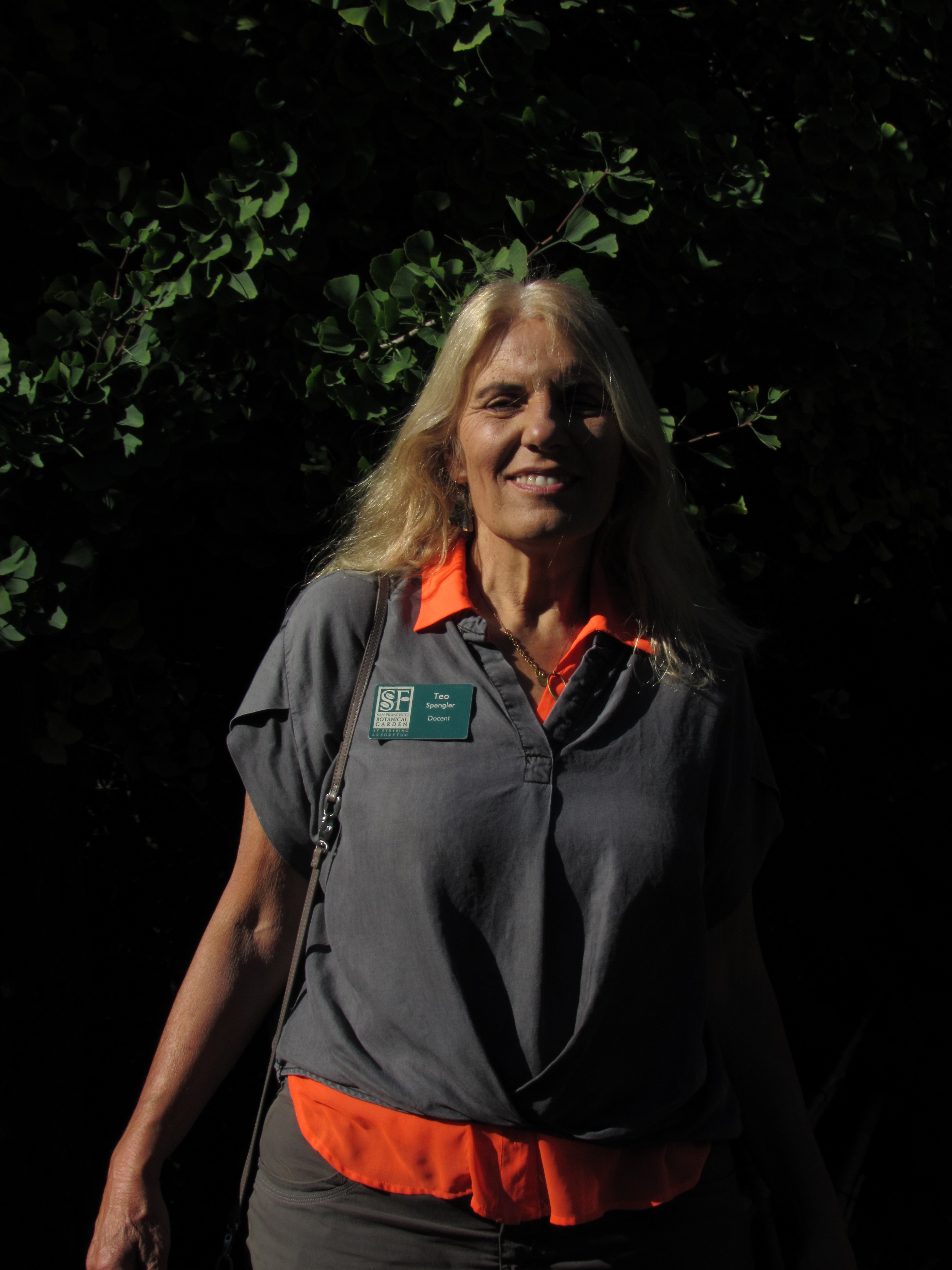What Is Cherry Rusty Mottle: Treating Cherries With Rusty Mottle Disease


If your cherry trees are producing sickly fruit late in the season, it may be time to read up on rusty mottle cherry disease. What is cherry rusty mottle? The term includes several viral diseases of cherry trees, including rusty mottle of cherry and necrotic rusty mottle.
What is Cherry Rusty Mottle?
Several viral diseases attack cherry trees, and two of these diseases are called rusty mottle of cherry and necrotic rusty mottle. While experts have determined that rusty mottle diseases are caused by viruses, they do not have much other information. For example, scientists agree that your tree will get a rusty mottle cherry disease if you plant infected stock, but they don’t know how else the viruses are spread. The exact symptoms of a viral cherry tree disease differ among trees. In general, rusty mottle cherry disease reduces fruit harvest and fruit quality. It also slows down fruit ripening.
Treating Cherries with Rusty Mottle
How can you tell if you have cherries with rusty mottle? Don’t look for your trees to die suddenly, because generally they won’t. They just lose energy. Rusty mottle of cherry causes the cherry tree leaves to turn yellow or red. Many will drop before the fruit harvest. Those leaves that don’t drop turn rust colored, and are mottled with yellow and brown. What about the fruit? Cherries with rusty mottle will be smaller than normal cherries of the same cultivar. They will ripen late and lack flavor. Some are totally tasteless. If your tree has necrotic rusty mottle, you’ll see both flowers and leaves appear late in spring. The leaves will develop brown necrotic or rusty chlorotic spots. These may fall from the leaf leaving holes. The entire tree can lose its leaves. Sadly, if your cherry tree has rusty mottle of cherry or necrotic rusty mottle, the best thing you can do is to remove it from your garden and dispose of it, as there is no effective treatment. You can buy virus-free trees to reduce your chances of having to deal with these viruses in the future.
Sign up for the Gardening Know How newsletter today and receive a free copy of our e-book "How to Grow Delicious Tomatoes".

Teo Spengler is a master gardener and a docent at the San Francisco Botanical Garden, where she hosts public tours. She has studied horticulture and written about nature, trees, plants, and gardening for more than two decades, following a career as an attorney and legal writer. Her extended family includes some 30 houseplants and hundreds of outdoor plants, including 250 trees, which are her main passion. Spengler currently splits her life between San Francisco and the French Basque Country, though she was raised in Alaska, giving her experience of gardening in a range of climates.